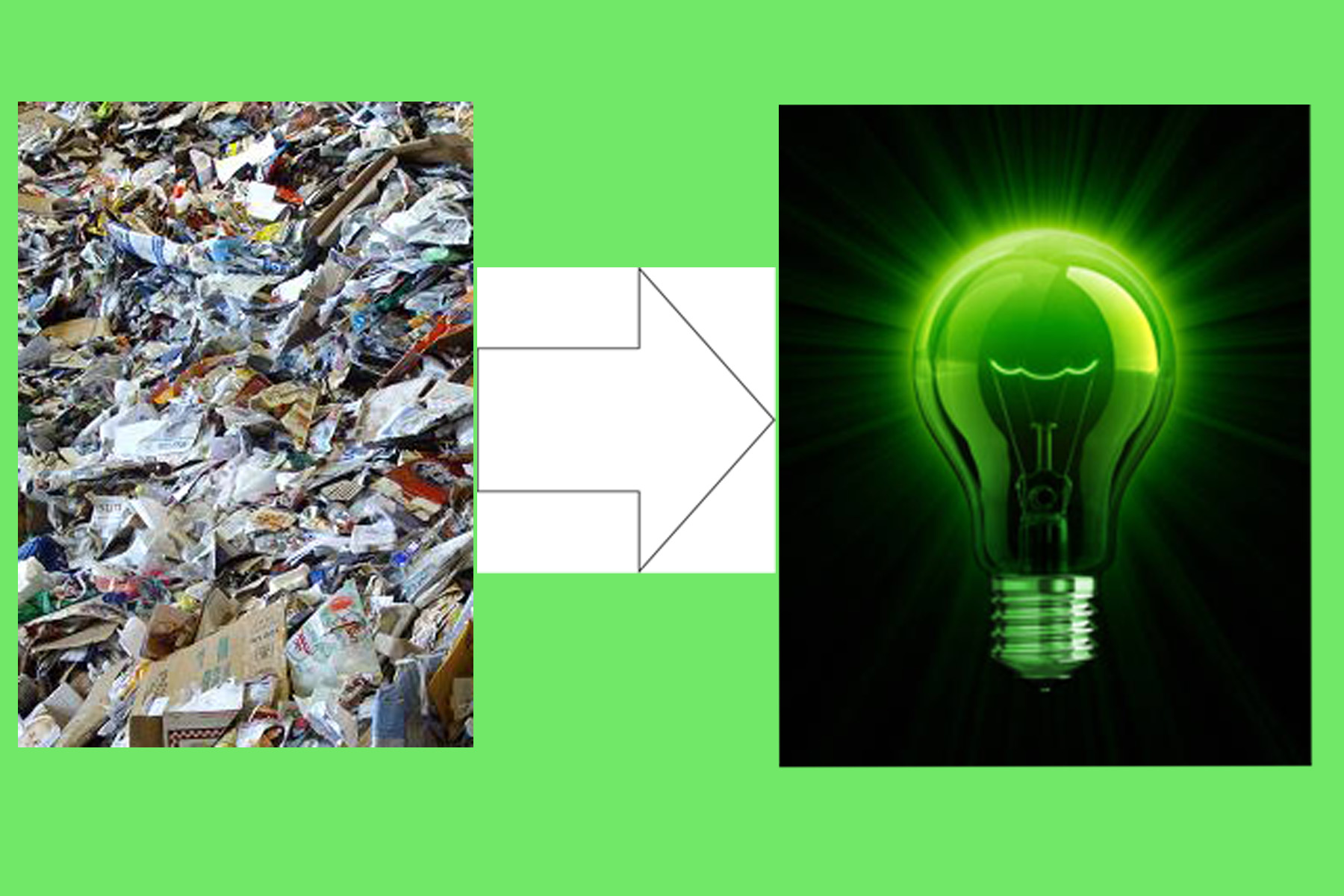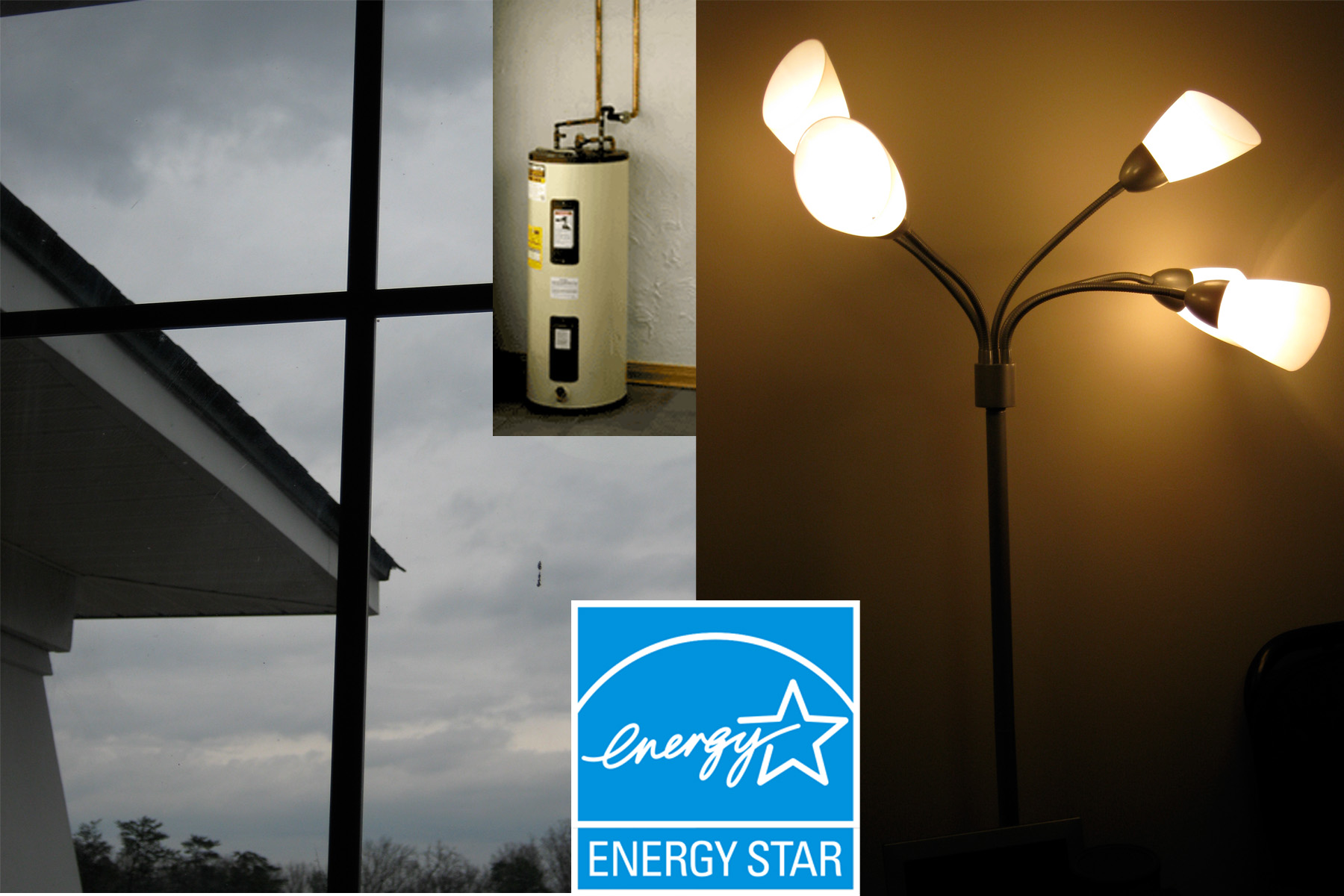It is Europe’s new trend: creating energy from residential waste. In previous posts, I have talked about the Copenhagen Summit, and the effects it has had on the US and Europe. Just outside the city where this world conference convened, trash is brought to make energy.
In Denmark alone there are 29 plants, called incinerators. Across Europe, there are over 400 incinerators. In comparison, the U.S. only has 87 incinerators, all build more than 15 years ago. The citizens of the country have embraced the technology. In her article printed in the New York Times, Elizabeth Rosenthal focused on the Danish city of Horsholm. It costs less to burn the trash at the incinerators than it does to use a land fill. The energy created at the plant then goes directly to the community surrounding the plant. Homeowners say the plant’s presents lowers their heating costs and increases their home value.
Here are some benefits of incinerators:
- creates less climate-warming gases than landfills
- creates 9 times more energy than landfills
- cost less than maintaining landfills
- Little odor
Even with these benefits, the U.S. is reluctant to build more incinerators. Here’s why:
- We have a lot of land to use for landfills
- Belief that it will detract from the strong message for people to reduce waste and recycle
- Cost of building (though some say that the cost would pay for itself over time by money saved)
- Traditionally, trash disposal is a responsibility of the state/local governments, not the federal government
I feel that a lot of people are not aware of the use of incinerators, so I showed Rosenthal’s article to a Furman student to get her take on the use of waste-to-energy technology. Here is what she said:
Photo Sources:





